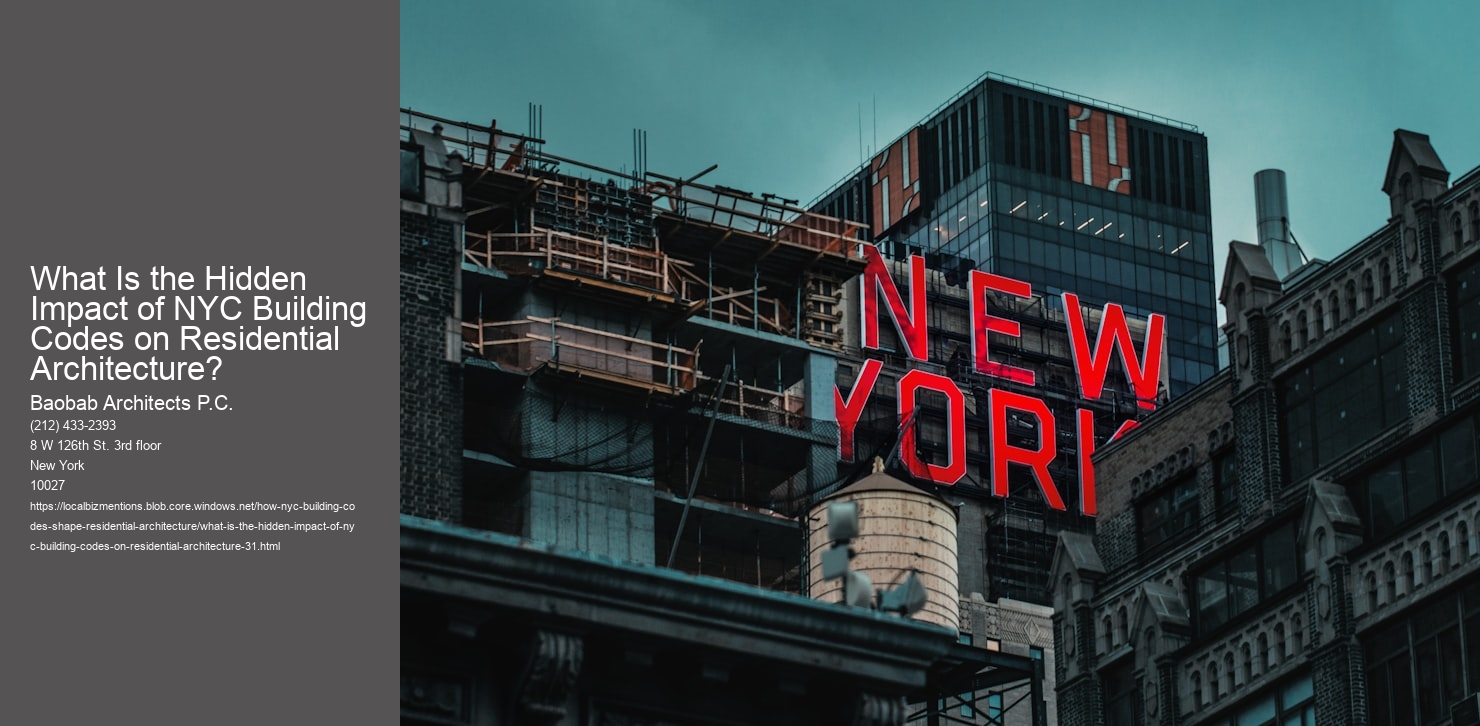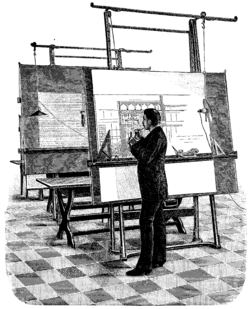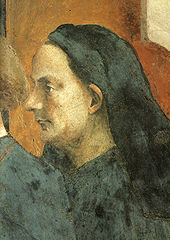Historical Context: Evolution of NYC Building Codes
The development of New York City building codes is an interesting journey that supplies understanding right into exactly how the citys distinct architectural landscape has been formed over time. What Is the Hidden Impact of NYC Building Codes on Residential Architecture? . These codes, typically viewed as simple regulations, have actually wielded a surprise yet profound impact on residential architecture, dictating the kind and feature of urban home.
The tale begins in the late 19th century with the Tenement Residence Act of 1867, the very first significant legal attempt to resolve the wretched living conditions in NYCs swiftly expanding shanty towns. This law mandated fundamental hygienic conditions, including the need for one toilet per 20 citizens and fire escapes on structures. Although primary, it marked the beginning of a governing framework planned to secure public health and wellness and safety, accidentally affecting architectural design by presenting elements like improved ventilation and all-natural light.
As the city expanded, so did the intricacy of its building codes. The 1916 Zoning Resolution was a cutting-edge development, replying to the urban density that intimidated to block sunlight and airflow in the city roads. Contemporary architecture firms NYC This regulation introduced the idea of "" setbacks,"" requiring structures to taper as they increased, successfully bring to life the legendary NYC high-rise building silhouette. Architects welcomed this difficulty, leading to cutting-edge styles that balanced visual charm with functional requirement.
Quick onward to the mid-20th century, and the introduction of the Numerous Residence Regulation in 1929 further emphasized health and safety, concentrating on fireproofing and accessibility to open areas. This duration likewise saw a raising recognition of the social effects of architecture, with building codes beginning to mirror worries regarding cost and access, setting the phase for modern-day residential advancements.
The post-war boom caused new materials and innovations, triggering updates to the codes to accommodate technologies like strengthened concrete and steel. The 1968 Building ordinance overhaul marked a substantial modernization initiative, standardizing lots of techniques and establishing new criteria for structural stability and security. These modifications played a crucial duty in shaping the citys residential architecture, allowing for more creative expressions while ensuring the safety and security of its residents.
In current decades, sustainability has actually become a central theme in NYC building codes, showing wider environmental problems. The Green Building Legislation of 2005 and subsequent updates have actually mandated energy performance requirements, affecting the design and construction of residential buildings to consist of attributes like green roofs and energy-efficient systems. These codes have not just added to decreasing the citys carbon impact yet have actually likewise stimulated architectural technology, as developers look for to incorporate environmental obligation with urban living.
What Is the Hidden Impact of NYC Building Codes on Residential Architecture? - Residential architecture firms in NYC
- Unique architecture firms NYC
- Contemporary architecture firms NYC
- Residential architecture firms in NYC
Throughout its background, NYCs building codes have been more than simply a 20
Influence On Design Aesthetic Appeals and Materials
New York City City, a dynamic metropolis renowned for its architectural wonders, is a city where the sky line is constantly progressing. However, underneath the surface of this ever-changing cityscape exists an intricate internet of building codes that considerably influence the design appearances and products used in residential architecture. These regulations, while primarily focused on guaranteeing security, sustainability, and accessibility, have an extensive and occasionally subtle effect on the visual options and material selections of architects and programmers.
One of the most significant methods NYC building codes influence design visual appeals is with zoning regulations. These codes determine the elevation, mass, and setback demands for buildings, which subsequently affect the general shape and kind of residential structures. As an example, the famous "" wedding-cake"" design of early 20th-century high-rises was born out of zoning legislations that required troubles to enable sunshine to get to the roads listed below. Today, these regulations continue to shape the city's architectural account, compelling architects to creatively navigate these constraints to produce ingenious styles that follow the regulation while still achieving visual appeal.
Additionally, building codes in NYC required stringent energy effectiveness and sustainability criteria, which have brought about a shift in the materials utilized in residential construction. The drive towards sustainability has actually urged the use of products that are not just environmentally friendly but also cosmetically pleasing. For example, the raised use of green roof coverings, solar panels, and high-performance glazing systems is a direct feedback to these codes. These products not only add to a buildings sustainability qualifications but likewise affect its visual and responsive top qualities, frequently leading to a modern, sleek appearance that is now synonymous with contemporary urban living.
Fire safety regulations also play a crucial role in figuring out the products used in NYC residential architecture. Building codes need the use of fireproof products, which has historically limited the option to certain types of stone, block, and concrete. While these materials have a classic appeal, modern advancements have broadened the scheme to consist of fire-rated timber and advanced composites, enabling better adaptability in design while preserving conformity with safety and security criteria. This has allowed architects to check out new visual possibilities, mixing typical and contemporary designs in unique means.
Additionally, accessibility needs have motivated architects to reconsider the spatial layout and design of residential buildings. Features such as bigger doorways, ramps, and available courses must be perfectly integrated into the design, affecting not only the performance yet also the aesthetic harmony of a space. This necessity has actually driven a trend in the direction of open layout and minimalistic designs, where simpleness and access coalesce to create areas that are both gorgeous and
Sustainability and Power Effectiveness Needs
New York City, a dynamic metropolis renowned for its renowned skyline and architectural wonders, has long gone to the center of progressive urban development.
What Is the Hidden Impact of NYC Building Codes on Residential Architecture? - Unique architecture firms NYC
- Duplex architects NYC
- Mixed-use architects NYC
- Modern residential architects NYC
The advancement of NYCs building codes mirrors an expanding commitment to ecological stewardship and energy conservation. As concerns concerning environment change and source depletion intensify, the citys regulations have significantly prioritized green building techniques. This change appears in mandates for energy-efficient devices, improved insulation, and the combination of renewable resource resources, all aimed at minimizing the carbon footprint of residential frameworks.
One of the key impacts of these sustainability requirements is the promote ingenious architectural options that mix type with feature. Architects and developers are now tested to develop layouts that not just fulfill aesthetic criteria yet also follow stringent power efficiency criteria. This has caused the unification of sophisticated technologies such as green roofings, photovoltaic panels, and advanced heating and cooling down systems. These aspects not just improve the power performance of buildings yet likewise add to the total health and wellness of citizens by advertising far better interior air quality and minimizing energy bills.
In addition, NYCs building codes urge making use of sustainable materials, which has a ripple effect on the construction industry. By prioritizing products with reduced ecological effect, such as recycled steel, recovered timber, and low-VOC paints, the city fosters a market for environmentally friendly products and methods. This emphasis on sustainability extends beyond private buildings, affecting community development patterns and promoting urban densification as a means to reduce sprawl and preserve green areas.
The covert impact of these codes is also apparent in the method they drive the retrofitting of existing buildings. Most of NYCs residential frameworks are decades, otherwise centuries, old. The citys energy effectiveness demands incentivize the modernization of these buildings, guaranteeing they satisfy existing requirements without compromising their historic personality. This not only maintains the architectural heritage of the city however also improves the livability and power efficiency of its real estate supply.
In conclusion, the surprise impact of NYCs building codes on residential architecture is extensive and diverse. By installing sustainability and energy performance needs right into the regulative structure, the city not just addresses pushing environmental problems but likewise fosters technology and resilience in its residential architecture. As NYC continues to evolve, these codes will certainly play an essential function in shaping a 52
Challenges and Opportunities for Architects
The horizon of New York City is a testimony to human aspiration, imagination, and the power of architectural development. Yet, behind the renowned shapes and progressive styles exists a complex web of building codes that wield a significant impact over residential architecture. These codes, commonly perceived simply as regulatory obstacles, bring concealed implications that form the very significance of exactly how architects approach the design and construction of living spaces in among the globes most dynamic urban landscapes.
At the heart of NYCs building codes is a dual required: making sure safety and security and promoting public welfare. These regulations dictate every little thing from structural honesty and fire security to access and power efficiency. For architects, this equates into a balancing act in between innovative expression and conformity with a thorough collection of standards. On one hand, these codes guarantee that architectural advancements contribute favorably to the urban atmosphere by protecting citizens and advertising sustainable methods. On the various other, they can impose restrictions that restrict architectural freedom and technology.
One of one of the most considerable methods which NYC building codes influence residential architecture is with zoning legislations. These regulations regulate land usage and determine the dimension, form, and function of structures. For architects, zoning regulations can either offer a canvas of possibility or a labyrinth of restrictions. For example, elevation restrictions and flooring location proportions can dramatically affect the horizon silhouette and the thickness of residential tasks. This requires architects to be both strategists and artists, functioning within these restrictions to maximize space and visual appeal.
Another covert impact of building codes is the drive in the direction of sustainability. New york cities codes have actually progressively integrated green building standards, pushing architects to incorporate energy-efficient systems and sustainable products right into their layouts. This not only challenges architects to introduce but also opens new methods for creativity in creating environmentally responsible and resource-efficient residential buildings. The adoption of green roofs, solar panels, and advanced insulation techniques are a few of the ways architects are redefining urban living in feedback to these codes.
Furthermore, accessibility standards mandated by building codes have profound effects on residential architecture. The requirement for structures to be easily accessible to individuals with impairments suggests architects need to think about the inclusivity of their designs. This can affect every little thing from the format of floor plans to the option of products and the unification of assistive innovations. While these standards ensure that residential spaces are welcoming to all, they likewise require a thoughtful approach to design that transcends mere appearances.
To conclude, the covert impact of NYC building codes on residential architecture is both a challenge and a chance for architects. While these codes impose particular limitations, they additionally function as a catalyst for advancement, pushing architects to assume



